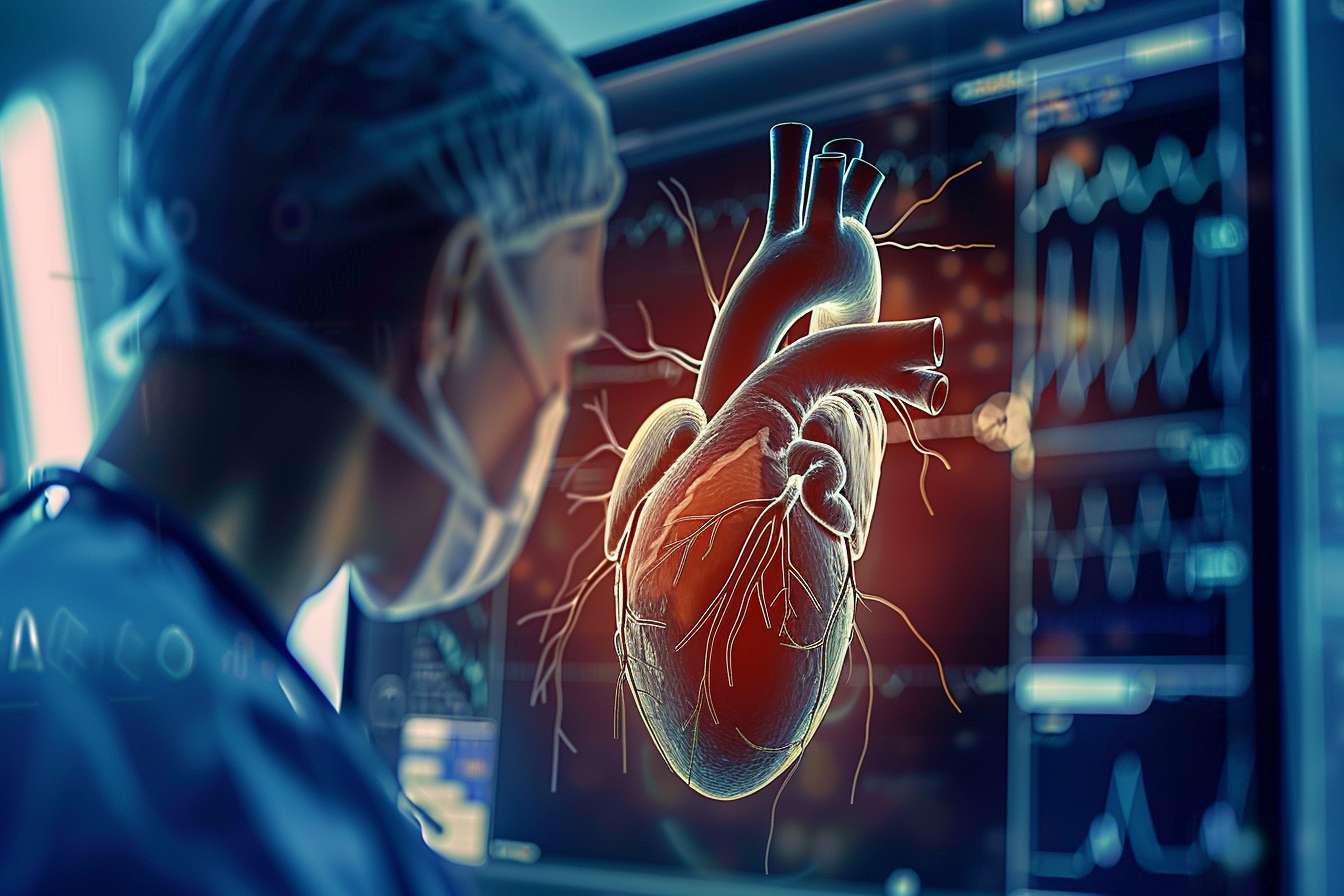Recovery Timeline and Rehabilitation Following Cardiac Surgery
Recovery after major cardiac surgery follows a predictable but individualized timeline. Early postoperative days focus on stabilization, pain control, and monitoring for complications; weeks to months involve gradual physical conditioning and medications to protect grafts and organs; longer-term care emphasizes immunology, monitoring, and lifestyle adjustments.

Recovery after major cardiac surgery varies by procedure, patient health, and whether a transplant or other graft-related operation was performed. This article outlines typical stages of recovery and rehabilitation, the role of donor and graft monitoring when relevant, how immunology and immunosuppression affect healing, and what outcomes patients and families can expect during the first year and beyond.
This article is for informational purposes only and should not be considered medical advice. Please consult a qualified healthcare professional for personalized guidance and treatment.
What to expect immediately postoperative
In the first 24–72 hours after cardiac surgery, the focus is stabilization. Patients remain in intensive care for close hemodynamic monitoring, respiratory support if needed, wound care, and early mobilization. Postoperative risks such as bleeding, arrhythmias, infection, or organ dysfunction are monitored closely. Pain control, chest physiotherapy, and removal of drains and tubes occur as tolerated. Early activity typically begins with sitting and short walks to reduce complications and promote recovery.
How donor compatibility and graft function are monitored
When a donor organ or graft is involved, clinicians monitor compatibility markers and graft performance closely. Blood tests assess organ-specific function, immunologic markers, and general labs. Imaging or biopsies may be used to evaluate graft condition and detect rejection. Regular checkups during the first weeks to months focus on identifying early signs of graft dysfunction so treatment can be adjusted promptly to protect the transplanted organ and improve short-term and long-term outcomes.
Immunology and immunosuppression management
Immunology matters most when an allograft or donor organ is present, since the immune system can recognize and attack foreign tissue. Immunosuppression regimens are tailored to balance rejection risk against infection and other side effects. Medication levels are monitored, and adjustments are made based on lab results and clinical signs. Educating patients about adherence, infection prevention, and reporting symptoms early is a central aspect of postoperative care when immunosuppression is required.
Rehabilitation phases and cardiac recovery
Cardiac rehabilitation typically proceeds in phases: inpatient mobilization, early outpatient conditioning, and longer-term risk-factor management. Exercise prescriptions begin gently and increase based on tolerance, guided by heart rate, blood pressure, and symptoms. Rehabilitation also addresses breathing techniques, progressive strength and endurance training, and strategies to return to daily activities. Recovery timelines vary, but many patients see steady functional gains over weeks to months with structured rehab programs.
Physical and psychological rehabilitation strategies
Physical recovery is accompanied by psychological adjustment; fatigue, mood changes, and anxiety are common. Multidisciplinary teams include physiotherapists, nurses, dietitians, and mental health professionals to support both physical conditioning and coping skills. Education on lifestyle modification—nutrition, smoking cessation, and sleep hygiene—improves long-term outcomes. Peer support or counseling can help patients and caregivers navigate changes in role and independence during the rehabilitation period.
Waitinglist, allocation, and long-term outcomes
For patients who require a donor organ, time on a waitinglist and allocation policies affect timing and condition at transplant. Postoperative monitoring shifts from frequent early checks to scheduled long-term surveillance of graft health, immunologic status, and comorbidities. Outcomes depend on many factors including preoperative condition, organ compatibility, infection control, and adherence to follow-up care. Regular monitoring helps detect late complications and supports maintenance of function over years.
Recovery timelines after cardiac surgery are influenced by the type of operation, the patient’s baseline health, the presence of a donor graft, and how effectively immunologic risks are managed. Rehabilitation integrates physical conditioning, medication management, and psychosocial support to optimize functional recovery and long-term outcomes. Close follow-up and individualized care plans help patients transition from hospital to everyday life with the best possible recovery trajectory.






